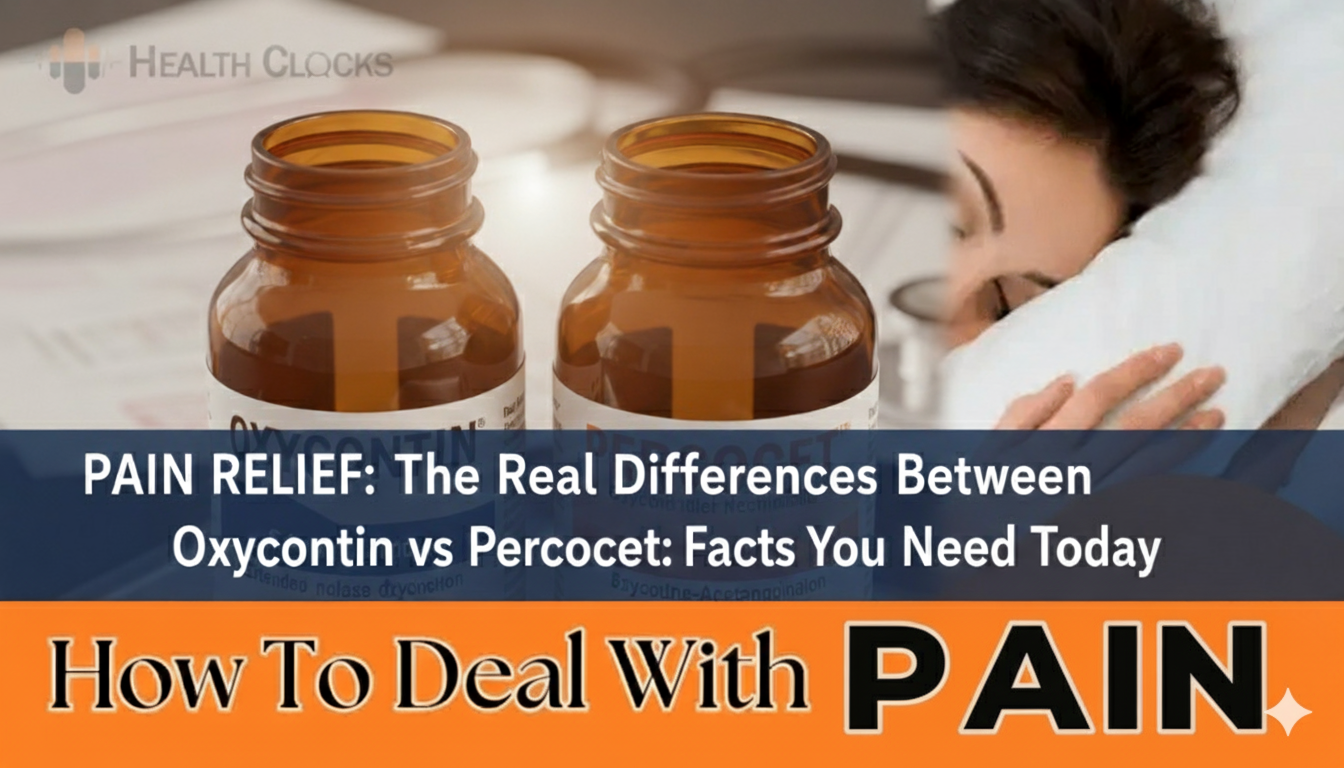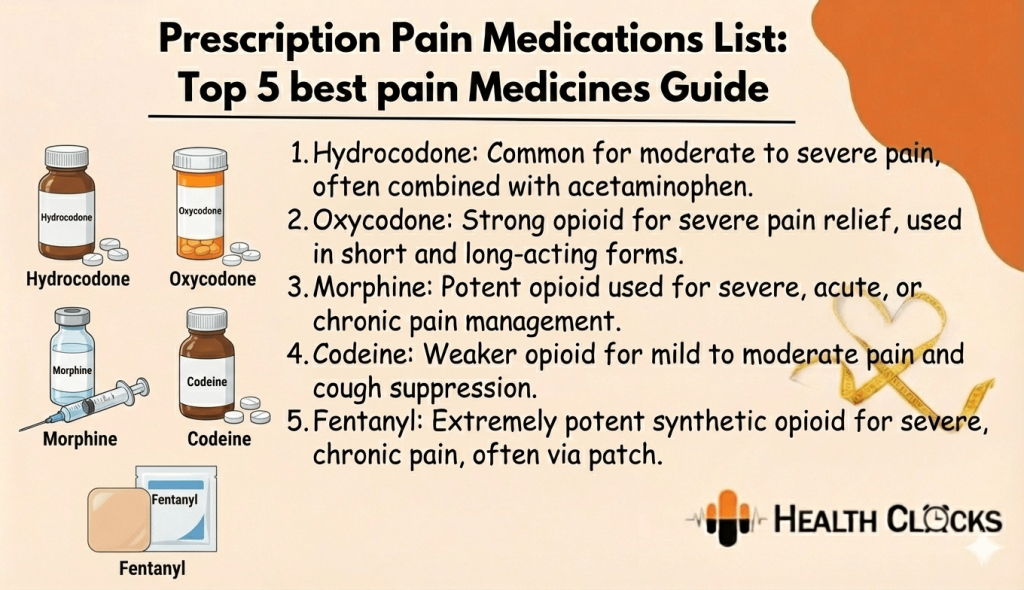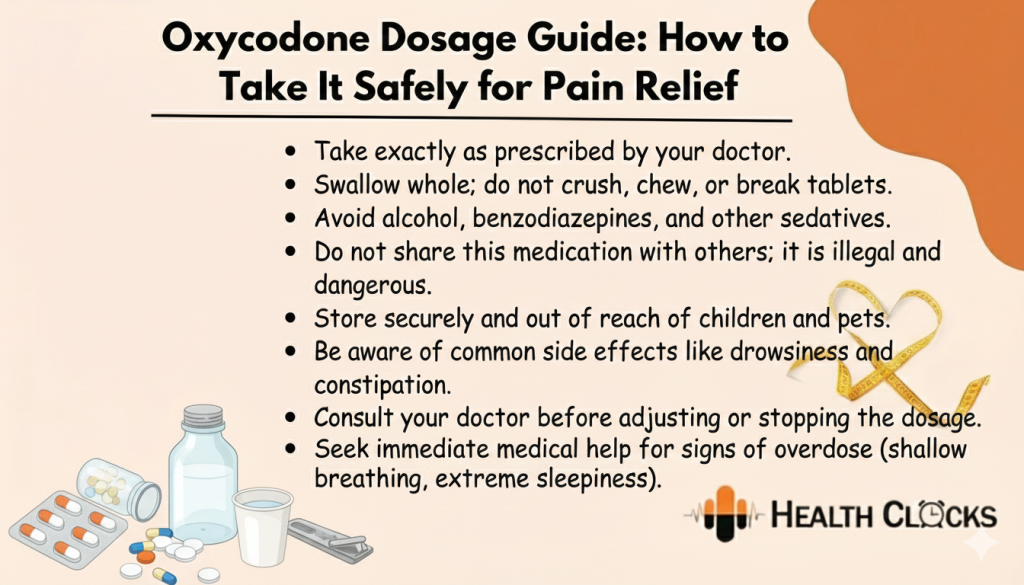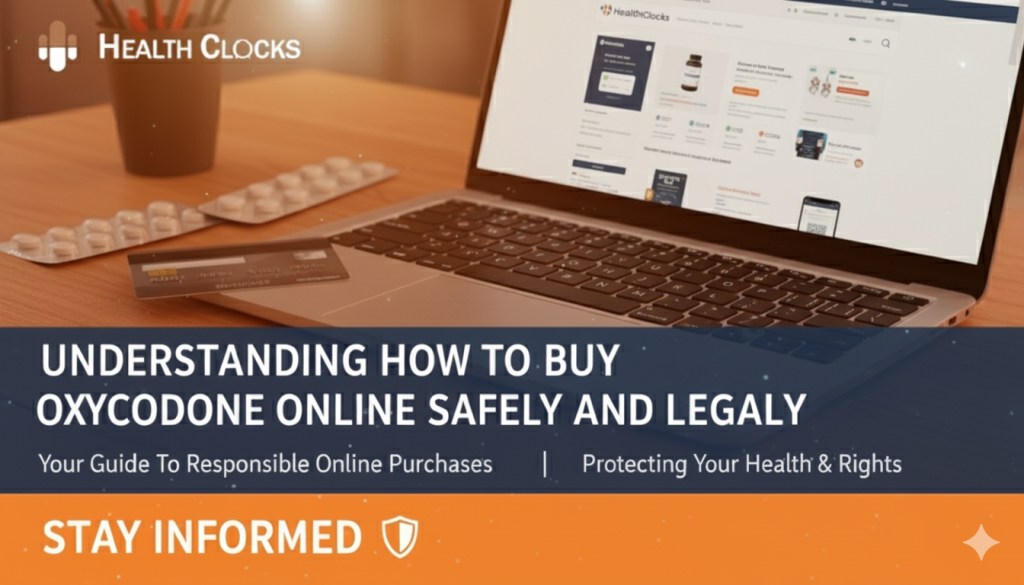The Real Differences Between Oxycontin vs Percocet: Facts You Need Today
When you search for Oxycontin vs Percocet, you’ll find many sources using confusing jargon or sensational claims. But understanding the real differences—how they act, their risks, and their proper uses—is essential. In this post, we break down the facts so you can see what truly separates these drugs.
Let’s start with the basics.
What Are These Drugs?
Oxycontin (Extended-Release Oxycodone)
Active ingredient: Oxycodone in time-release (controlled release)
Purpose: Long-acting pain relief for chronic moderate to severe pain (e.g., cancer pain, severe chronic conditions)
Mechanism: Designed to release oxycodone gradually over 12 hours (or more) so fewer daily doses are needed.
Because of its extended-release design, Oxycontin must be swallowed whole (not crushed or chewed). Crushing it disrupts the time-release mechanism and can lead to a dangerous “dose dump” (massive release at once).
Percocet (Oxycodone + Acetaminophen)
Active ingredients: A combination of immediate-release oxycodone and acetaminophen (paracetamol)
Purpose: Short-term relief of moderate to severe pain (e.g., post-surgical pain, acute injuries).
Mechanism: The oxycodone component works quickly; acetaminophen adds synergy, enhancing pain relief.
Because it contains acetaminophen, Percocet carries additional risks (especially liver toxicity) if overdose or combining with other acetaminophen-containing drugs.
Key Differences: Oxycontin vs Percocet
Here’s a side-by-side comparison to help you see what truly sets them apart:
| Feature | Oxycontin | Percocet |
| Formulation / Release Type | Controlled-release Oxycodone (extended-release) | Immediate-release Oxycodone + Acetaminophen |
| Dose frequency | Usually every 12 hours (or as prescribed) | Often every 4–6 hours, depending on pain |
| Uses | Chronic severe pain (when around-the-clock pain relief needed) | Acute pain, breakthrough pain episodes |
| Risk of liver damage | Lower (no acetaminophen) | Higher (due to acetaminophen content) |
| Potential for abuse in tampering | Very high when crushed/chewed/injected, because it bypasses time-release and dumps full dose | Abuse risk exists, but somewhat limited by shorter duration and acetaminophen ceiling |
| Side effects | Opioid effects: respiratory depression, constipation, sedation, addiction risk | Same opioid effects + risk of acetaminophen toxicity in overdose |
| Overdose risk | High (especially if misused) | High (especially combining with other acetaminophen or CNS depressants) |
| Clinical equivalence | Because of extended release, may allow fewer daily doses | Requires more frequent dosing; not built for continuous pain control |
Why the “combination” matters
The addition of acetaminophen in Buying Percocet Online makes a difference in both benefit and risk. Acetaminophen can augment pain relief (especially for mild to moderate components) but also introduces a threshold for safe dosing. In contrast, Oxycontin relies solely on oxycodone—no added non-opioid analgesic—so its safety and toxicity profile is driven purely by the opioid effects and misuse potential.
Risks, Side Effects & Abuse Potential
Both Oxycontin and Percocet are opioids. They carry overlapping dangers, but some risks are magnified or distinct.
Common Side Effects
- Drowsiness, sedation, dizziness
- Nausea, vomiting
- Constipation (a major issue with opioids)
- Respiratory depression (especially dangerous in overdose)
- Itchiness, sweating, urinary retention, cognitive slowdown
Specific Risks & Warnings
Overdose & Respiratory Arrest
All opioids risk causing respiratory depression, which is the leading cause of fatal outcomes in overdose. Taking higher-than-prescribed doses, combining with alcohol or sedatives, or altering the route (snorting, injecting) dramatically increase this risk.
Crushing buy oxycontin online is especially dangerous because it may release the full dose instantly, overwhelming the body.
Liver Toxicity (for Percocet)
Because Percocet contains acetaminophen, exceeding safe acetaminophen limits—or combining with other acetaminophen products—can cause liver damage, even failure.
Tolerance, Dependence, Addiction
Over time, both drugs can lead to tolerance (needing higher doses) and physical dependence (withdrawal symptoms when stopped). Addiction (misuse beyond medical need) is a serious risk with both.
Interestingly, because Oxycontin delivers larger overall doses of oxycodone in an extended-release formula, the abuse potential (especially if misused) is often considered higher.
Drug Interactions & Contraindications
- Combining with other CNS depressants (benzodiazepines, alcohol) increases risk of respiratory depression.
- For those with liver disease, Percocet should be used with extra caution due to acetaminophen.
- Use in pregnancy or breastfeeding must be under strict medical supervision (risk of neonatal opioid withdrawal syndrome, etc.)
How They Are Used in Medical Practice
Prescribing Patterns
- Oxycontin is generally reserved for people needing sustained, around-the-clock pain control—when less potent or shorter-acting options are insufficient.
- Percocet is often used for acute or episodic pain (postoperative, dental, injury) or as supplemental (“breakthrough”) analgesia.
Studies & Comparisons
Some comparisons of controlled-release vs immediate-release oxycodone formulations in cancer pain found equivalent pain control over short durations (one study over 5 days)
In the context of acute musculoskeletal or fracture pain, strong opioids (like oxycodone) did not always outperform milder combinations (e.g., acetaminophen + codeine) in early periods.
Overall, the choice often depends on clinical context, patient history, comorbidities, and risk-benefit assessment.
Conclusion
Understanding the distinctions between OxyContin and Percocet remains essential for anyone dealing with pain management options. Throughout this article, we’ve seen that despite both medications containing oxycodone, they differ significantly in formulation, potency, and duration. OxyContin, as a time-released medication, provides approximately 12 hours of pain relief with doses up to 80mg, whereas Percocet combines smaller amounts of oxycodone with acetaminophen for shorter-duration relief.
These medications certainly serve important medical purposes when other pain management strategies prove inadequate. Nevertheless, their potential for dependence, addiction, and serious side effects cannot be overlooked. Respiratory depression, particularly when these medications are combined with alcohol or other substances, poses a life-threatening risk that patients must take seriously.
Safety must always come first when using these powerful opioid medications. This means following prescription instructions exactly, never increasing dosage without medical supervision, and keeping emergency medication like naloxone available. Additionally, patients should communicate openly with healthcare providers about all medications and substances they use.
The opioid crisis affects millions of Americans each year, with thousands of lives lost to overdose. Consequently, responsible use of medications like Oxycontin For Sale and Percocet For Sale starts with education about their differences, appropriate uses, and risks. Armed with this knowledge, patients can work more effectively with healthcare providers to manage pain while minimizing dangers associated with these potent medications.
Buying Oxycontin Online & Percocet Online From Healthclocks.com To Get Upto 10% Discount On All Medicines.
FAQs
Here are some frequently asked questions about Oxycontin vs Percocet:
Q1:Can you switch between Oxycontin and Percocet?
Ans:Yes, in certain clinical contexts a physician might taper off one and start the other, but the switch must account for the different release profiles and acetaminophen limits. Never self-switch without medical supervision.
Q2:Which is more potent: Oxycontin or Percocet?
Ans:Potency is complex to compare because Oxycontin is extended-release and often contains higher total oxycodone doses, while Percocet has the extra acetaminophen element. In misuse situations, Oxycontin may produce stronger effects if tampered with.
Q3:Can you take both together?
Ans:Combining the two is dangerous (you’d be stacking oxycodone doses), increasing overdose risk and side effects. Also, combining with other acetaminophen sources can overload the liver.
Q4:What happens if someone crushes Oxycontin?
Ans:Crushing Oxycontin breaks the time-release barrier, causing the full dose to enter the bloodstream quickly—this can lead to overdose, respiratory failure, or death.
Q5:How long does Percocet last compared to Oxycontin?
Ans:Percocet’s pain relief typically lasts 4–6 hours (depending on dose and individual factors), while Oxycontin is designed to deliver oxycodone steadily over 12 hours or more.




